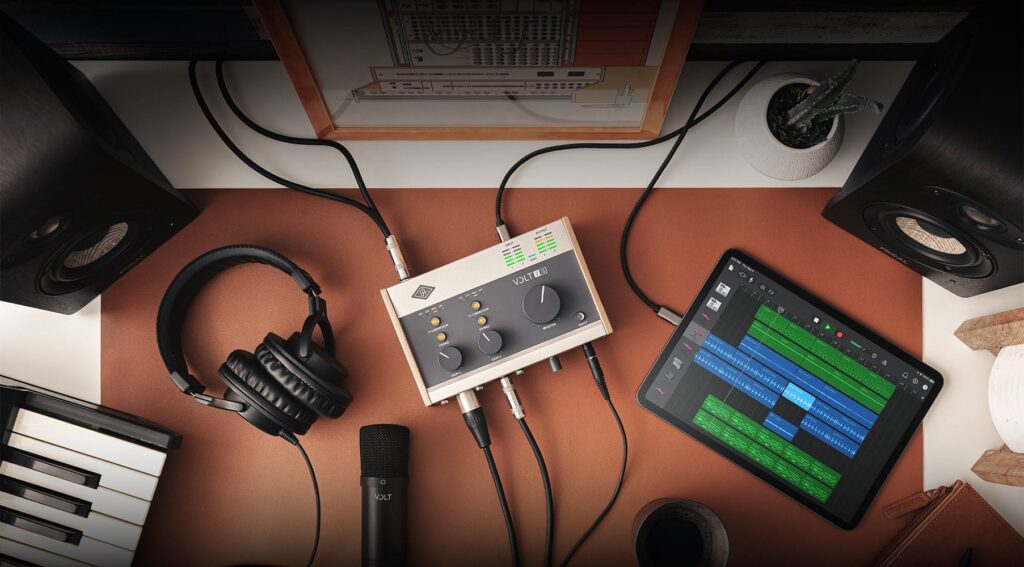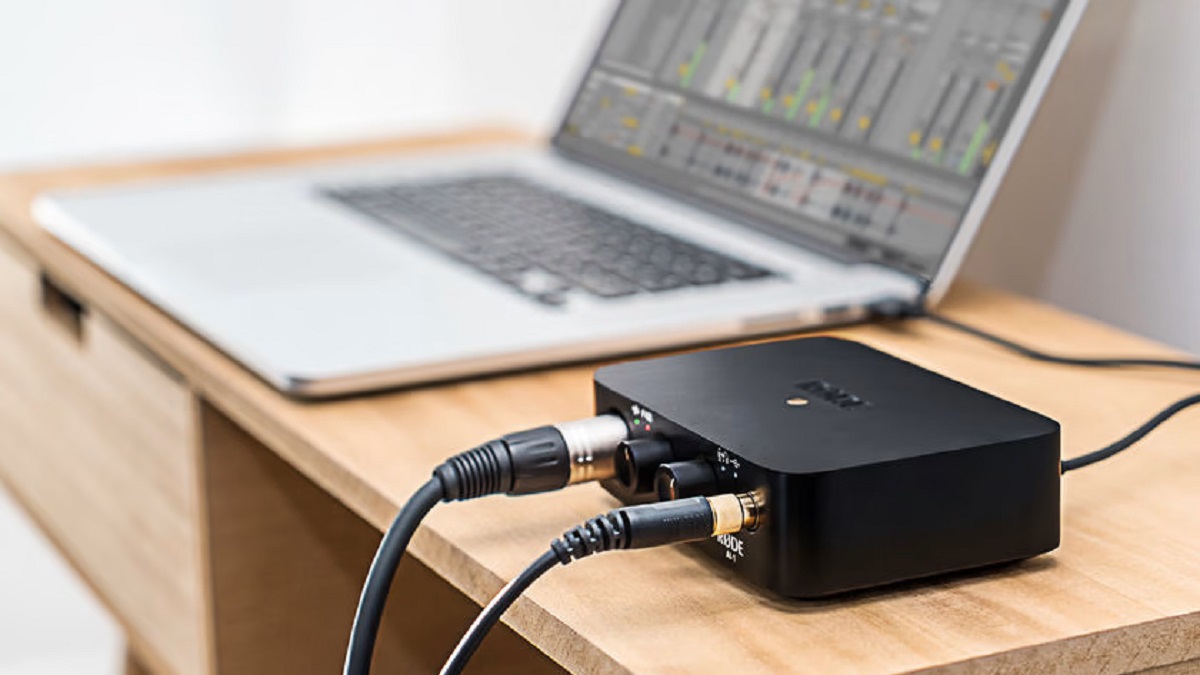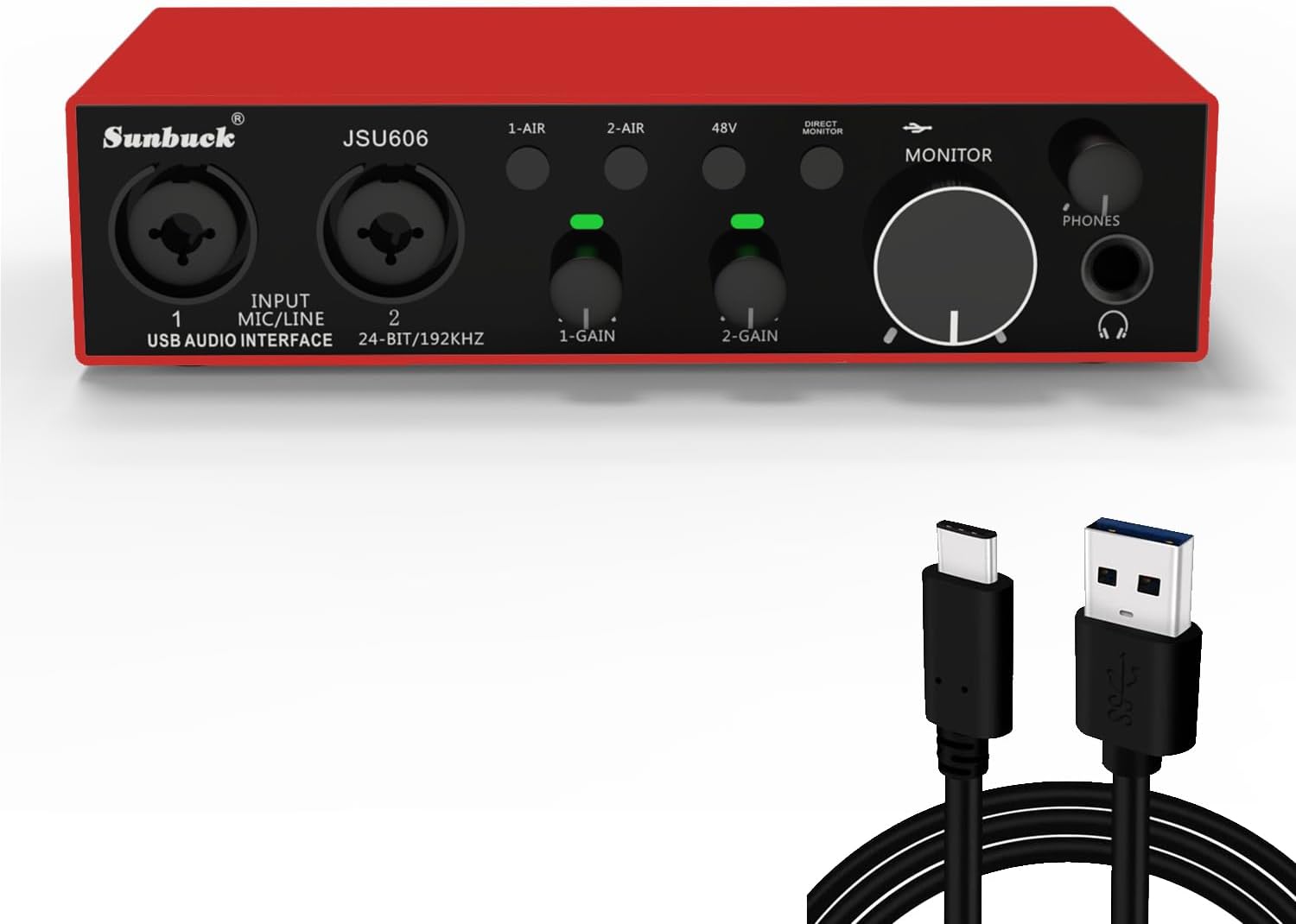
Learning to Setting up and using an audio interface in Windows This is the smartest thing that any user who works with audio can do, whether professionally or as a hobby. This device guarantees better sound quality, in addition to other possibilities that we will discuss later.
If you have never used one of these interfaces, we will first tell you that it is a physical device specifically to be connected to a computer, as well as to different peripheral elements related to the sound field: microphones, mixing desks and even musical instruments.
Adding an audio interface to Windows is a significant step forward compared to what the sound cards built into our computers offer. A leap forward in both quality and operational capacity.
Although it is a professional level tool, the truth is that any user can use it and get a lot out of it. They make use of it musicians to record voices and instrumental sounds, obtaining high quality digital files; it is also a key element to record our podcasts, or for any audio editing tasks for streaming platforms, to name just a few of the most notable examples.
Important: If we are thinking of using the audio interface in Windows for professional purposes, it is worth scratching our pockets a little and using an audio production or editing software paid and solvent, such as Pro Tools.
What is an audio interface?
There are a large number of audio interface models on the market, each with its own characteristics and a variety of specifications. However, they all share a common structure and offer a number of similar features and functions.

The first aspect that defines an audio interface is its audio signal conversion capability analog (which can be recorded, for example, from a microphone) and transform it into a digital signal that can be processed and subsequently edited on a computer.
Obviously, to use an audio interface in Windows, we will need many connections, both incoming and outgoingThe first ones are used to connect microphones or electric instruments such as a guitar; the second ones are used for connections with monitors, headphones, etc. All interfaces, regardless of the brand and model, usually have the following types of connection:
- MIDI, which is used to connect controllers, synthesizers, etc.
- TRS (1/4″ jack), used mainly to connect some musical instruments such as guitars or keyboards.
- USB/Thunderbolt, the most commonly used means of establishing a connection with the computer.
- XLR, the most popular connection for professional microphones, as it performs best in eliminating background noise and interference.
Finally, it is worth highlighting the audio interface's ability to improve overall sound quality. This is achieved by focusing on certain aspects. The clearest example is the reduction of latency, that is, the time that passes between the transmission and the actual reproduction of the sound. This results in a clearer sound.
How to use an audio interface in Windows

Let's get down to business. Almost all audio interface models work in roughly the same way, so the pointers here will help you no matter which model you connect to your PC. Here are the Steps to follow to use your audio interface in Windows:
Step 1: Connection
Generally, we should connect the audio interface to the PC via a USB port or, depending on the model, through a Thunderbolt connection.
Step 2: Configuration
The next step is to download and install driversThe most recent ones, which are the ones we are most interested in using, are usually available on the manufacturer's website.
Step 3: Selecting the interface as the default device
Finally, to set the audio interface in Windows as the default device, both for input and output, do the following:
- In the taskbar, we do Right click on the sound icon.
- In the list of Settings options that opens, go to the section Exit and we select our interface as the default output device.
- Then we go to the section Entrance and we repeat the same operation.
With this we would have the audio interface configured in Windows. All that remains is the work of making some adjustments. minor adjustments (determining latency values, sampling rate, equalization, etc.) to adapt its operation to our tastes and needs. From here, everything is in our hands, the quality of our content and the ability to get the best sound from it.
Editor specialized in technology and internet issues with more than ten years of experience in different digital media. I have worked as an editor and content creator for e-commerce, communication, online marketing and advertising companies. I have also written on economics, finance and other sectors websites. My work is also my passion. Now, through my articles in Tecnobits, I try to explore all the news and new opportunities that the world of technology offers us every day to improve our lives.